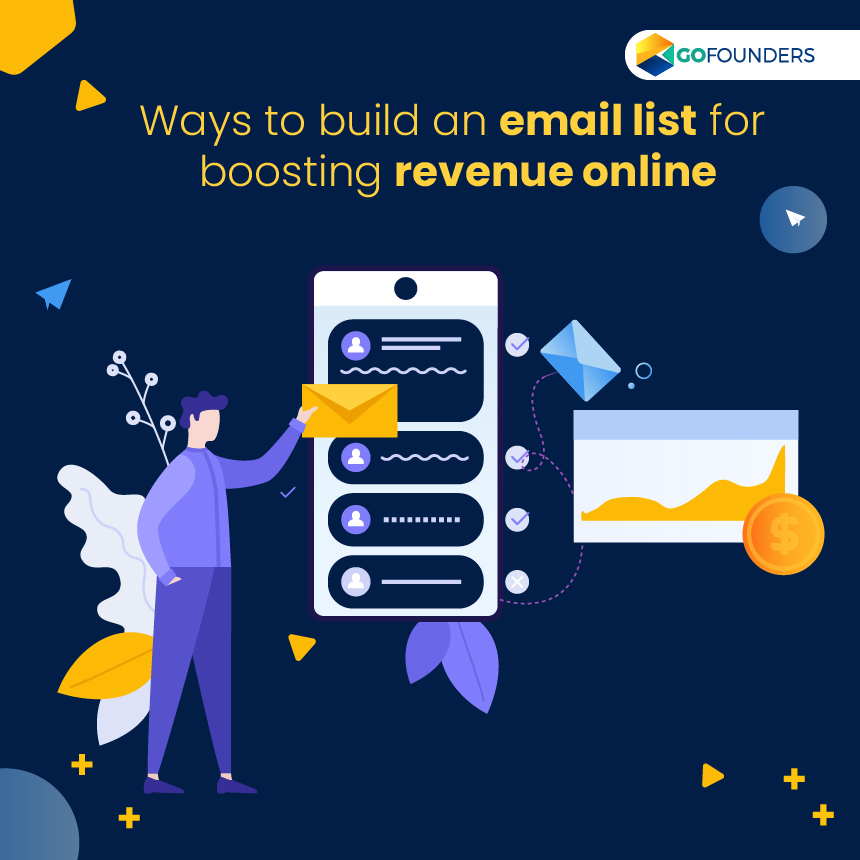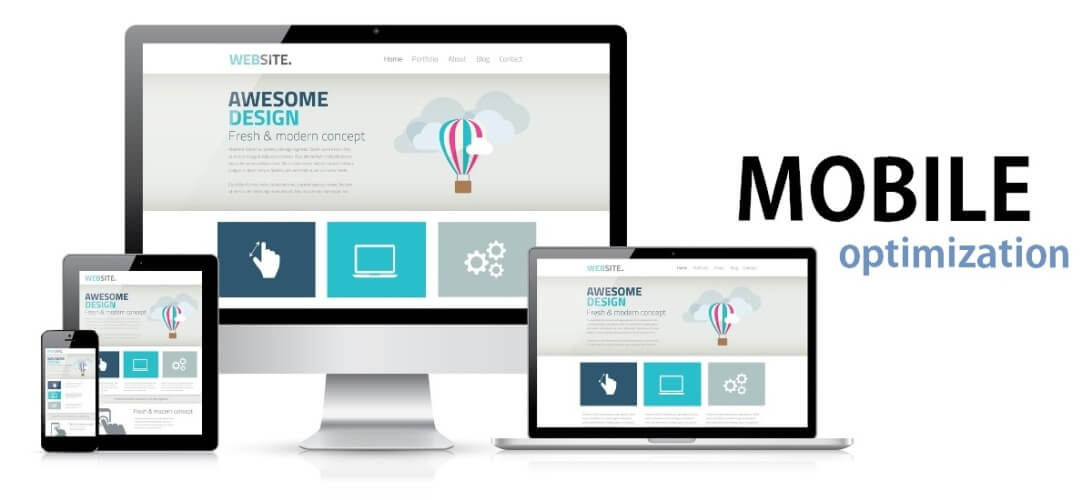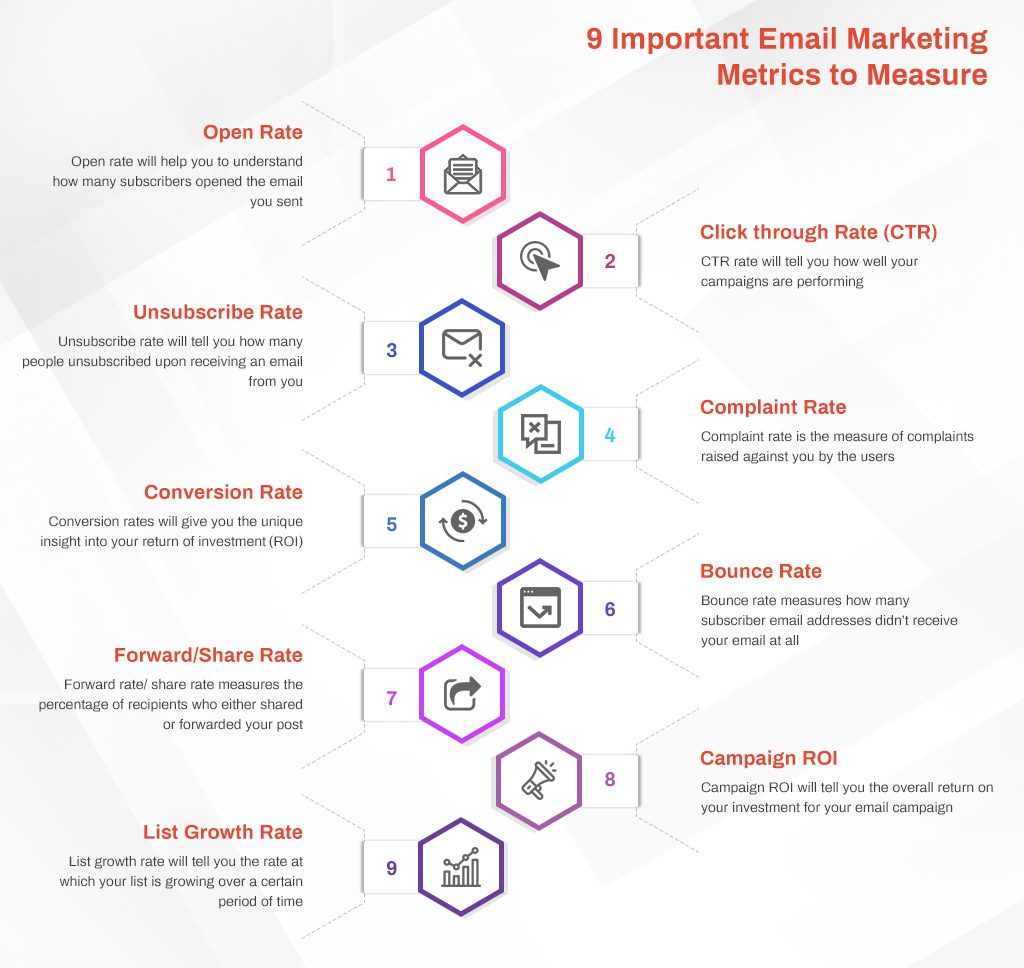Email Marketing Presentation
| Introduction to Email Marketing | ||
|---|---|---|
| Email marketing is a highly effective digital marketing strategy. It involves sending targeted emails to a group of individuals for promotional or informational purposes. Email marketing helps businesses enhance customer engagement and drive conversions. | ||
| 1 | ||
| Benefits of Email Marketing | ||
|---|---|---|
| Cost-effective: Email marketing is an affordable way to reach a large audience. Personalization: Emails can be personalized based on user preferences and behavior, increasing engagement. Measurable results: Email marketing allows you to track open rates, click-through rates, and conversions, providing valuable data for analysis. | ||
| 2 | ||
| Building an Email List | ||
|---|---|---|
| Offer valuable content: Provide incentives like exclusive content or discounts to encourage users to subscribe. Opt-in forms: Place opt-in forms on your website, social media platforms, and landing pages to capture email addresses. Segment your list: Divide your subscribers into different groups based on demographics, interests, or purchase history for targeted campaigns. | ||
| 3 | ||
| Creating Compelling Email Content | ||
|---|---|---|
| Clear and concise subject lines: Grab attention and convey the email's purpose in a few words. Engaging copy and visuals: Use persuasive language, compelling images, and videos to make your emails more appealing. Call-to-action (CTA): Include a clear and prominent CTA that encourages recipients to take the desired action. | ||
| 4 | ||
| Email Automation | ||
|---|---|---|
| Welcome emails: Send a personalized welcome email to new subscribers to make a great first impression. Drip campaigns: Automate a series of emails to nurture leads and guide them through the sales funnel. Abandoned cart emails: Remind customers about the items they left in their shopping carts to increase conversions. | ||
| 5 | ||
| Importance of A/B Testing | ||
|---|---|---|
| A/ B testing allows you to compare different elements of your emails, such as subject lines, content, or CTAs, to identify what works best. Test one element at a time to accurately measure the impact of changes. Use data and insights gained from A/ B testing to optimize your email campaigns for better results. | ||
| 6 | ||
| Mobile Optimization | ||
|---|---|---|
| Mobile devices account for a significant portion of email opens. Ensure your emails are mobile-friendly by using responsive design, short paragraphs, and clear CTA buttons. Test your emails on different devices and email clients to ensure a seamless user experience. | ||
| 7 | ||
| Analyzing Email Metrics | ||
|---|---|---|
| Open rate: Measure the percentage of recipients who opened your email, indicating its effectiveness. Click-through rate (CTR): Track the percentage of subscribers who clicked on a link within your email. Conversion rate: Measure the percentage of recipients who took the desired action after opening your email. | ||
| 8 | ||
| Best Practices for Email Marketing | ||
|---|---|---|
| Personalize your emails based on subscriber data to increase engagement. Use a compelling subject line that grabs attention and entices recipients to open the email. Test your emails, analyze the results, and optimize your campaigns for better performance. | ||
| 9 | ||
| Conclusion | ||
|---|---|---|
| Email marketing is a powerful tool for businesses to engage with their audience and drive conversions. By following best practices, analyzing metrics, and continuously optimizing your campaigns, you can achieve success with email marketing. Start implementing email marketing strategies today to grow your business and connect with your audience. | ||
| 10 | ||









